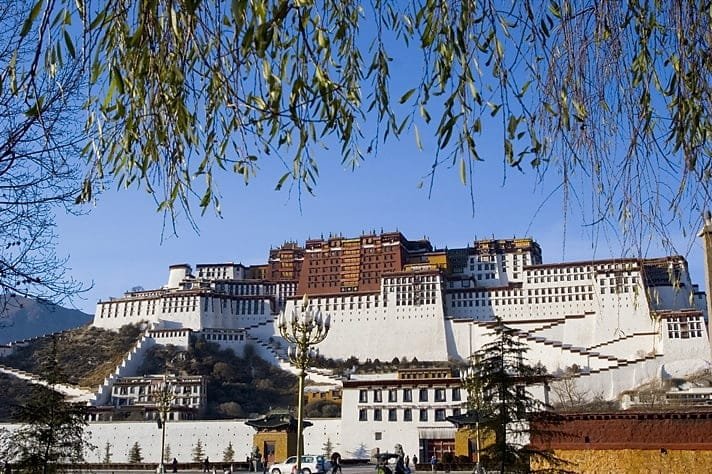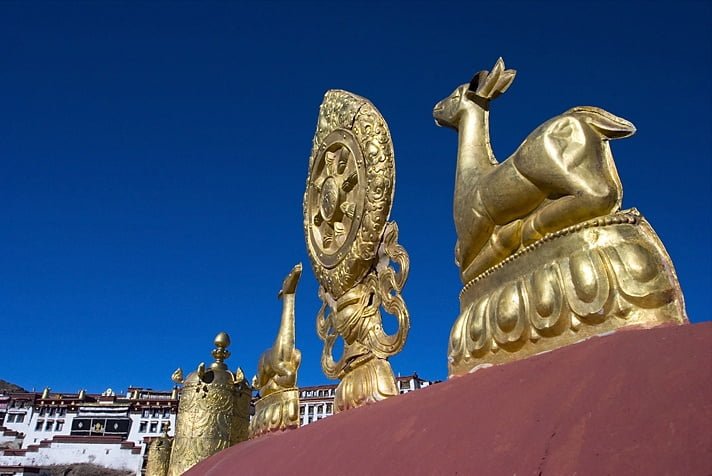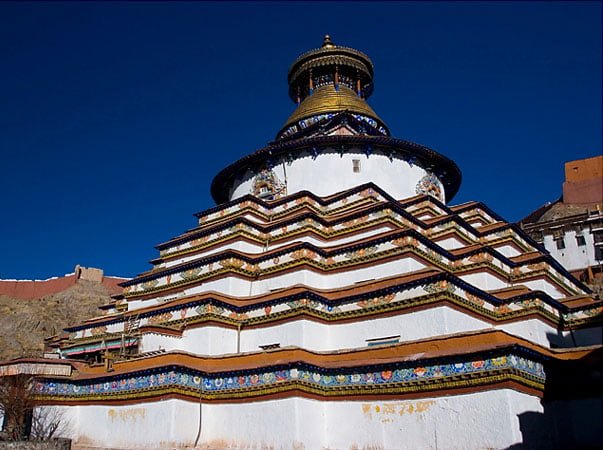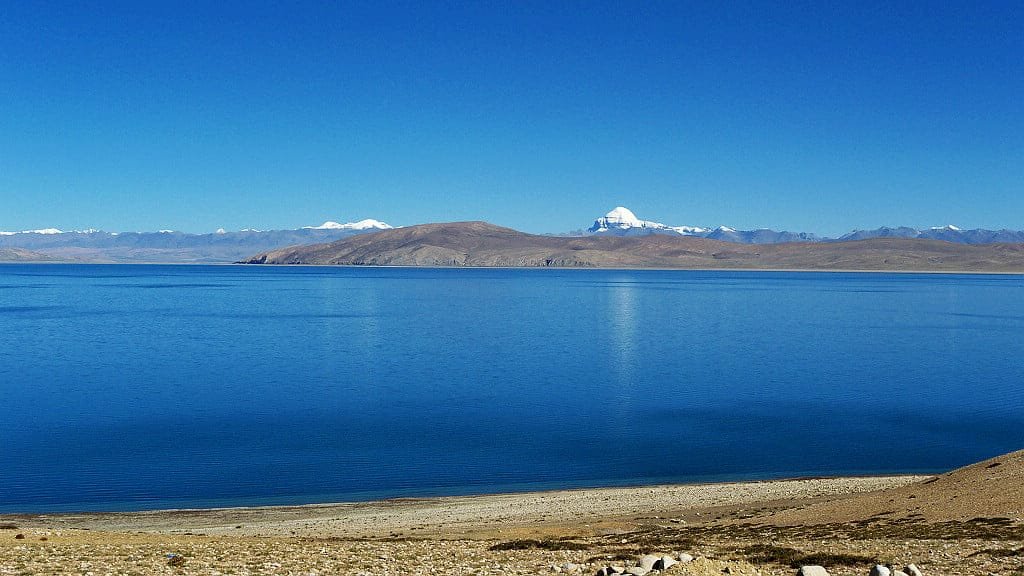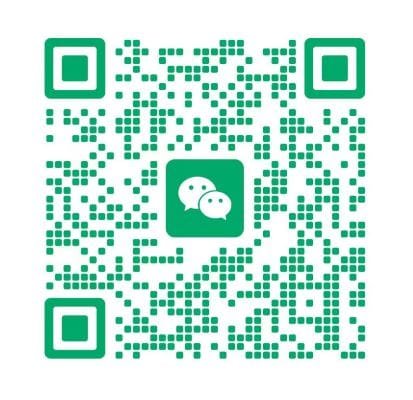Tibet Travel Guide
Traveling to Tibet is a unique and transformative experience. With proper planning and respect for local customs and regulations, you can enjoy a safe and enriching journey. This Tibet Travel Guide provides the essential information to help you prepare for an unforgettable adventure in the Land of Snows.
Entry Requirement
- Mandatory for Foreign Travelers: All foreign travelers need a Tibet Travel Permit to enter and travel within Tibet. This permit must be arranged through a registered Chinese travel agency.
- Application Process: Provide your passport and Chinese visa to your travel agency, which will handle the permit application with the Tibet Tourism Bureau.
- Additional Permits: Some regions in Tibet require additional permits, such as the Aliens’ Travel Permit and Military Permit, which your travel agency will also arrange if necessary.
- Required for All Foreign Travelers: Obtain a Chinese Visa from the Chinese embassy or consulate in your home country before entering China.
- Types of Visas: The most common visa for tourists is the L Visa (Tourist Visa). Ensure it covers the duration of your stay.
- Application: Submit the required documents, including your passport, visa application form, and Tibet Travel Permit (if needed), to the Chinese embassy or consulate.
Best Time to Visit >>
- Spring (April to June): Mild temperatures, clear skies, and blooming flowers make this an ideal time for trekking and sightseeing.
- Summer (July to August): Warm weather and festivals, but also the peak tourist season with more crowds.
- Autumn (September to October): Pleasant weather, fewer tourists, and stunning fall foliage.
- Winter (November to March): Cold temperatures and some closed routes, but fewer tourists and lower costs.
Getting to Tibet
You can get to Tibet by air, train and road. No matter which way you take, you’ll need to get all necessary travel permits ready in advance.
1. By Air
Flying to Lhasa is the fastest and most convenient way to reach the region. Major cities in China, such as Beijing, Chengdu, Xi’an, Chongqing, Kunming, and Kathmandu in Nepal, offer direct flights to Lhasa Gonggar Airport (LXA). International travelers often connect through these cities before boarding a flight to Lhasa.
2. By Train >>
Traveling to Tibet by train is an adventurous and scenic option. The Qinghai-Tibet Railway is an engineering marvel that offers stunning views of the Tibetan Plateau. Trains to Lhasa depart from several major Chinese cities, including Beijing, Shanghai, Guangzhou, Chengdu, and Xi’an.
Please kindly note that the train tickets to Lhasa are in high demand, especially during peak seasons. It is necessary to book well in advance.
3. By Road
Popular overland routes include from Kathmandu (Nepal) and various Chinese cities like Xi’ning, Chengdu, Kunming etc. Beside the Tibet Entry Permit, other travel permits might be required for these overland routes.
Acclimatization and Health >>
1. High Altitude
- Acclimatization: Spend the first few days in Lhasa to acclimatize to the altitude (3,650 meters).
- Hydration: Drink plenty of water to stay hydrated.
- Rest: Take it easy and avoid strenuous activities during the first few days.
2. Health Precautions
- Altitude Sickness: Be aware of symptoms like headaches, dizziness, and nausea. Consult your doctor about medication.
- Sun Protection: Use sunscreen, sunglasses, and hats to protect against strong UV rays.
- Medical Kit: Carry a basic medical kit with first-aid supplies and any personal medications.
Cultural Etiquette >>
- Respect Local Customs: Dress modestly, especially when visiting monasteries and temples.
- Photography: Always ask for permission before taking photos of people, religious sites, or military installations.
- Behavior: Show respect towards monks, nuns, and religious artifacts. Avoid touching statues or relics.
Practical Tips >>
- Currency: The official currency is the Chinese Yuan (CNY). ATMs are available in major cities.
- Language: Tibetan and Mandarin are the official languages. Learn a few basic Tibetan phrases to enhance your experience.
- Connectivity: Internet access is available in hotels, but it may be limited in remote areas.
- Packing: Bring layered clothing to adapt to varying temperatures, comfortable walking shoes, and essential travel documents.
Contact Us
Please feel free to contact us for any questions you have when planning your tour to Tibet. We’ll be happy to help!

